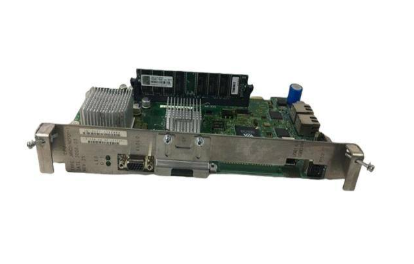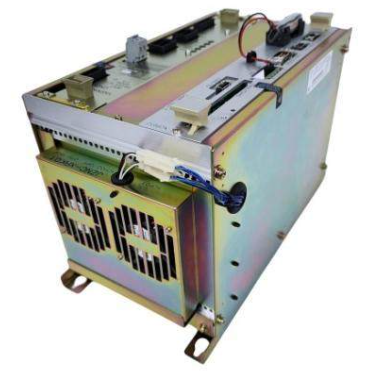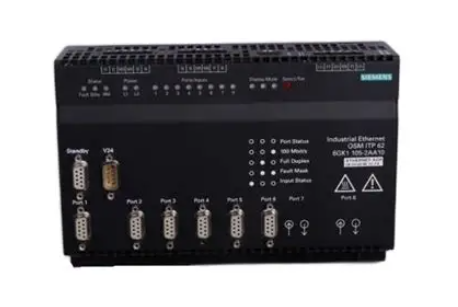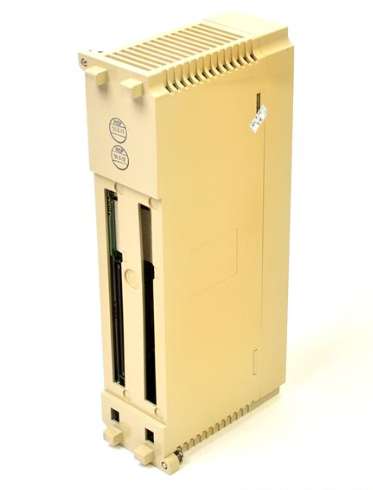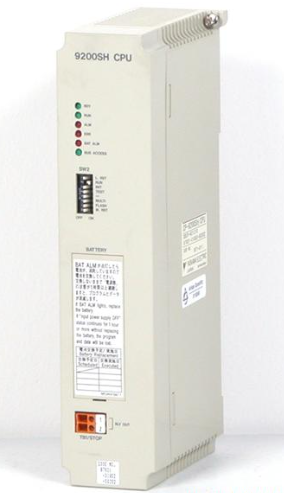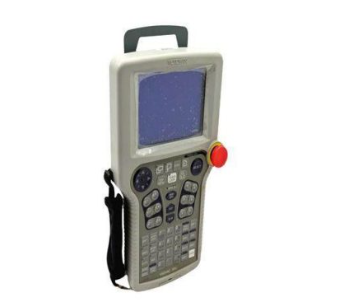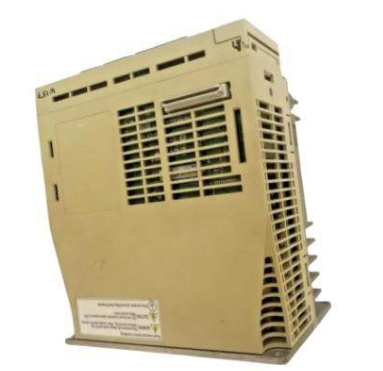AB 1771-IFE A/B/C Analog Input Module
configuration plugs, compatibility, calibration procedures, and agency approvals.
For example, the A and B series modules have a green run indicator that is always on at power-up,
while the C series modules blink until they are configured to receive BTW;
the A and B series modules input data is clamped at the range endpoints,
while the C series modules can return data both above and below the range endpoints.
Key Issues:
How are 1771-IFE A/B/C modules installed to prevent static discharge?
Answer: Discharge static electricity by touching a grounded object; wear an approved wrist strap grounding device;
do not touch the backplane connectors, pins, and internal circuitry components of the module;
use an antistatic workbench if available; and place the module in a static-shielded box when not in use.
How are the module's input ranges and data formats configured?
Answer: Input ranges are configured via Word 1 and Word 2 of the Block Transfer Write command, with a 2-bit setting
for each channel and a choice of 7 voltage or current ranges; data formats are set via Bits 09 - 10 of Word 3, with a choice of BCD,
Binary Complement, or Symbol Amplitude Binary formats, typically BCD for PLC-2 and Binary Complement for PLC-3 and PLC-5.
What is the difference between Series A, B, and C modules in terms of indicator display?
Answer: Series A and B modules have a green run LED that comes on and stays on at power up and provides only 3 digits of diagnostic information;
Series C modules have a green run LED that blinks at power up and stays on until a configuration BTW is received and provides 6 digits
of diagnostic information representing 6 possible faults.
- EMERSON
- Honeywell
- CTI
- Rolls-Royce
- General Electric
- Woodward
- Yaskawa
- xYCOM
- Motorola
- Siemens
- Rockwell
- ABB
- B&R
- HIMA
- Construction site
- electricity
- Automobile market
- PLC
- DCS
- Motor drivers
- VSD
- Implications
- cement
- CO2
- CEM
- methane
- Artificial intelligence
- Titanic
- Solar energy
- Hydrogen fuel cell
- Hydrogen and fuel cells
- Hydrogen and oxygen fuel cells
- tyre
- Chemical fiber
- dynamo
- corpuscle
- Pulp and paper
- printing
- fossil
- FANUC
- Food and beverage
- Life science
- Sewage treatment
- Personal care
- electricity
- boats
- infrastructure
- Automobile industry
- metallurgy
- Nuclear power generation
- Geothermal power generation
- Water and wastewater
- Infrastructure construction
- Mine hazard
- steel
- papermaking
- Natural gas industry
- Infrastructure construction
- Power and energy
- Rubber and plastic
- Renewable energy
- pharmacy
- mining
- Plastic industry
- Schneider
- Kongsberg
- NI
- Wind energy
- International petroleum
- International new energy network
- gas
- WATLOW
- ProSoft
- SEW
- wind
- ADVANCED
- Reliance
- YOKOGAWA
- TRICONEX
- FOXBORO
- METSO
- MAN
- Advantest
- ADVANCED
- ALSTOM
- Control Wave
- AB
- AMAT
- STUDER
- KONGSBERG
- MOTOROLA
- DANAHER MOTION
- Bently
- Galil
- EATON
- MOLEX
- Triconex
- DEIF
- B&W
- ZYGO
- Aerotech
- DANFOSS
- KOLLMORGEN
- Beijer
- Endress+Hauser
- MOOG
- KB
- Moxa
- Rexroth
- YAMAHA
- Johnson
- Westinghouse
- WAGO
- TOSHIBA
- TEKTRONIX
- BENDER
- BMCM
- SMC


Email:wang@kongjiangauto.com

